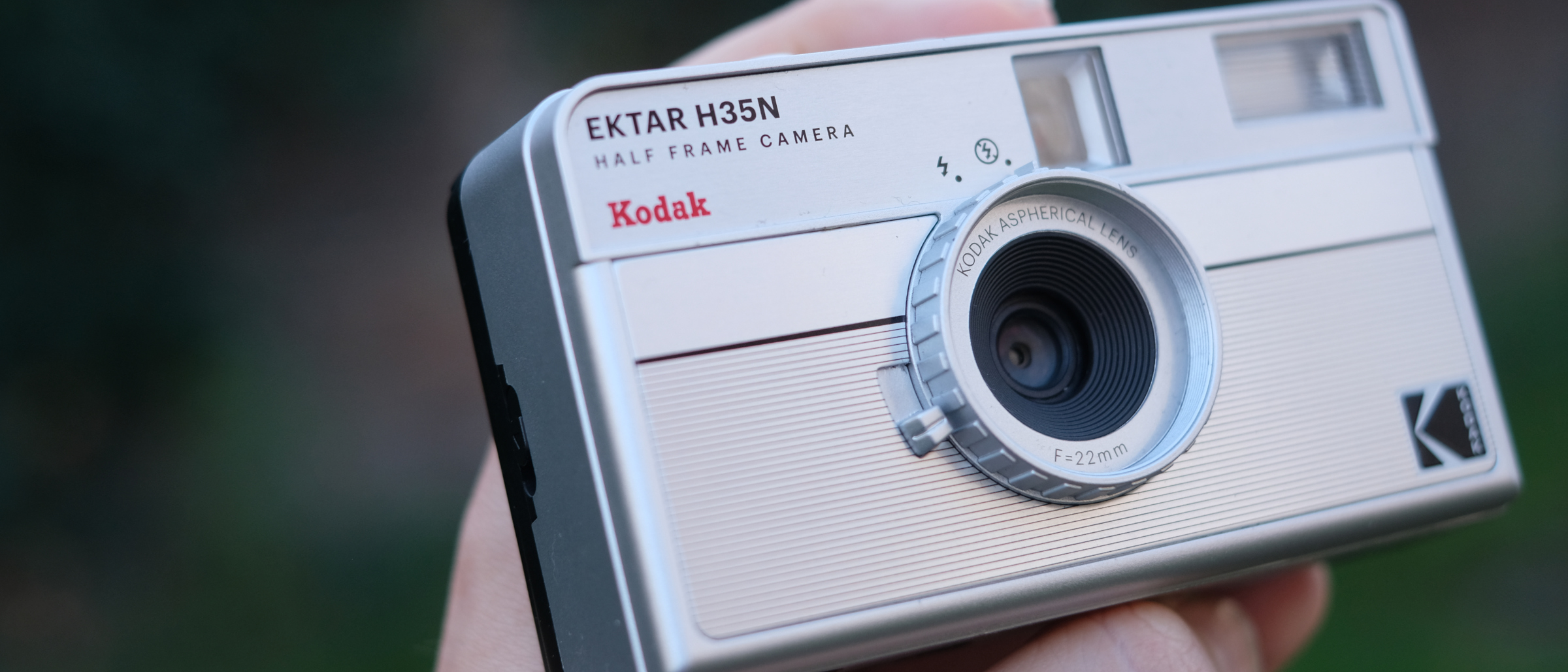Is Canon's $1,000 flash (with a red ring) actually worth it?
Our verdict on Canon's new Speedlite EL-1, which costs over a grand – what do you get, besides the fancy red ring?

Canon's brand new professional Speedlite E-L1 has just launched – and for the princely price of over a thousand bucks. It's a beautiful flash, with the same signature red ring typically reserved for Canon's premium L-mount lenses, but is it worth the asking price?
The Canon Speedlite E-L1 is now hitting stores, with an eye-watering RRP of $1,099 / £1,299 / AU$1,699. Obviously, for that price, you're getting the best Canon flashgun on the market – and one of the best flashguns, period. At the end of the day, though, it's a lot to pay for a strobe – in fact, it's almost as much as a Canon EOS RP with a Canon RF 24-105mm f/4-7.1 IS STM. So what do you get for the cash?
• Read more: Canon Speedlite E-L1 review
While we joked about the "fancy red ring", it shouldn't be overlooked that this is the same red ring reserved for the very best Canon lenses – those being the professional-grade L series of optics, designed for premium performance.
This indicates the intended use and user of this kind of flash – and it's the same kind of user that wouldn't think twice about dropping six and a half grand on a Canon EOS-1D X Mark III, because it's for professional use in professional environments where performance and reliability don't just trump price – they justify it.
Let's talk power. The E-L1 boasts a Guide number of Gn 60 (ISO 100, meters) at the 200mm end of the zoom range, which packs plenty of punch – though the considerably cheaper Hahnel 600RT II and Godox V860 TTL both match it in terms of output.
Okay, battery: the E-L1 also boasts its own rechargeable lithium ion battery instead of four AA batteries, for greater endurance and faster recycling. Again this is a trick we've seen before, though, with the Hahnel Modus 600RT Mk II and Hahnel Modus 360RT, as well as the Godox V860II.
The best camera deals, reviews, product advice, and unmissable photography news, direct to your inbox!
Clever as it is, there are caveats to using a li-ion battery – not least the price, with a replacement costing well over a hundred bucks, compared to under ten bucks for a pack of AAs. Not to mention that it's much easier to head to the nearest gas station to pick up some AAs when you run out of juice, and arguably less straightforward it you deplete your expensive flash battery in the middle of nowhere.
Still, the incredibly intuitive inputs and incredibly precise control are where this E-L1 comes into its own; you can dial the flash all the way down to just 1/8192 for a true whisper of light. Recycling times are practically instantaneous at low to medium power settings, and still less than a second even at the full-power setting – and the color quality remains very consistent even at extremely low settings.
Ultimately, whether you think $1,000 is too expensive for a professional flash comes down to whether or not you think $6,500 is too expensive for a professional camera. Most people will be perfectly happy spending a tenth of that price on a Godox or a Yongnuo. However, if you're someone who wants a speedlite befitting a 1D X and your kit is what earns you a living, this may be what deserves to be in your kit bag.
Read more:
Best photography lighting kits
Best LED light panels
Best ring lights

James has 25 years experience as a journalist, serving as the head of Digital Camera World for 7 of them. He started working in the photography industry in 2014, product testing and shooting ad campaigns for Olympus, as well as clients like Aston Martin Racing, Elinchrom and L'Oréal. An Olympus / OM System, Canon and Hasselblad shooter, he has a wealth of knowledge on cameras of all makes – and he loves instant cameras, too.
